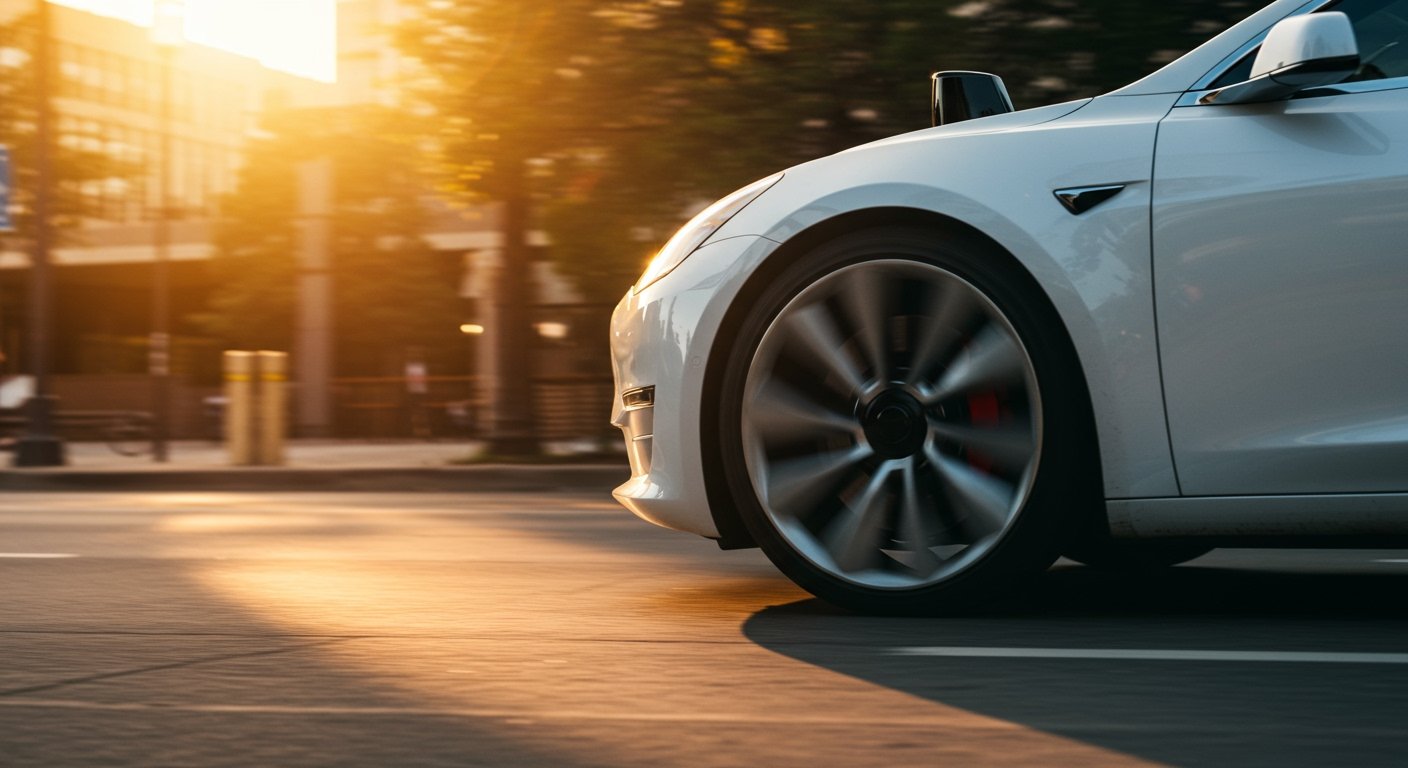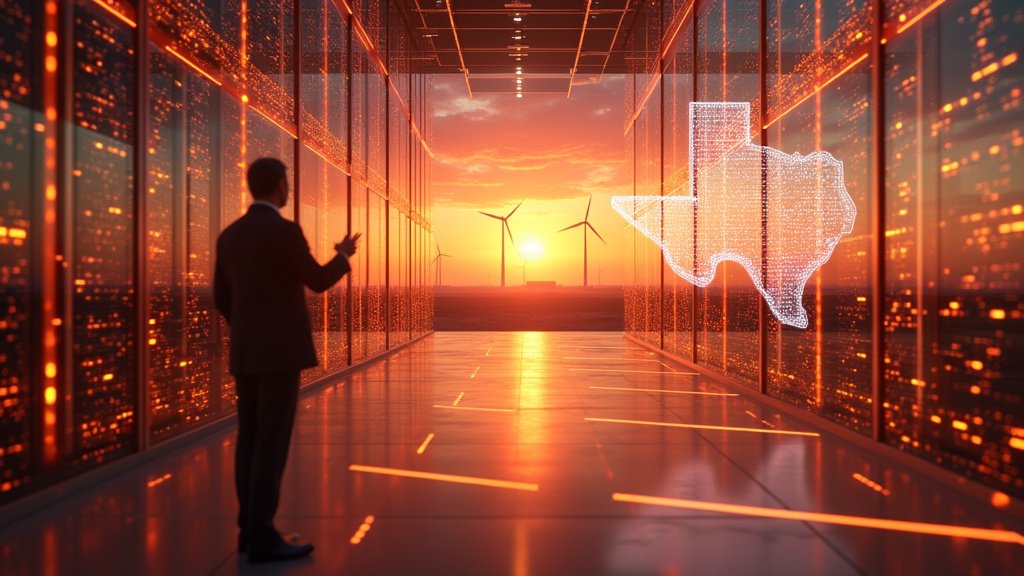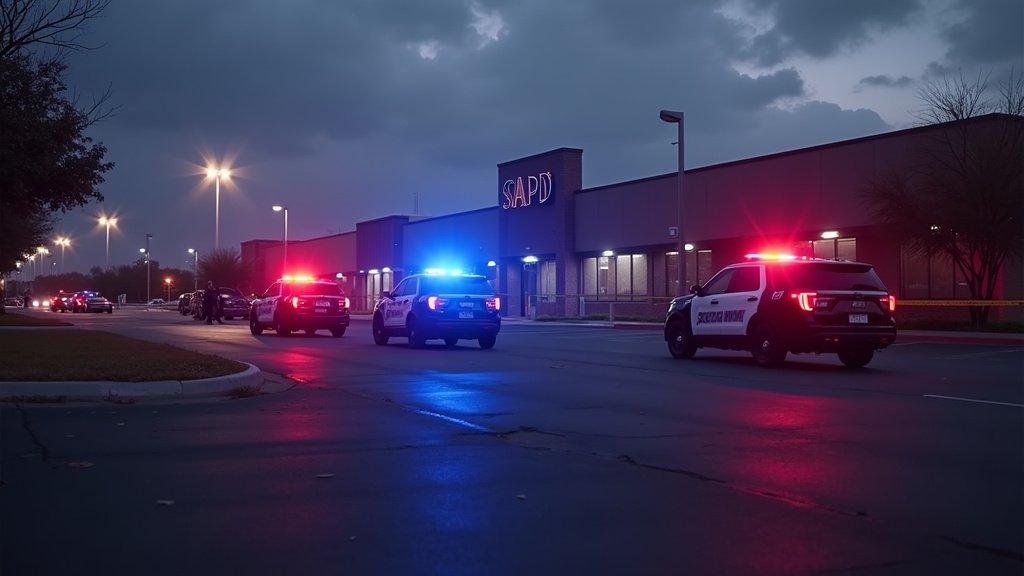Tesla Launches Robotaxi Service in Austin, Stock Soars
Austin, Texas – Tesla shares experienced a significant surge on Monday, June 23, 2025, following the debut of the company’s long-anticipated robotaxi service in the Texas capital. The electric vehicle and technology giant deployed a limited fleet of self-driving taxis in a defined operational zone within Austin starting Sunday, June 22, marking the first time Tesla vehicles have transported paying passengers without a human driver present.
The market reacted positively to the development, sending Tesla’s stock price jumping by 10% during Monday’s trading session. The gains, if sustained, could add nearly $100 billion to the company’s overall market capitalization. This rally comes despite Tesla’s shares having declined about 12% year-to-date prior to the announcement and launch.
The Debut of the Autonomous Fleet
The robotaxi service in Austin commenced operations quietly on June 22, offering rides within a specific geographic area. The pricing structure for the initial deployment features a flat fee of $4.20 per ride, positioning the service as a potentially affordable alternative for short-distance travel within its operational zone. This rollout represents a tangible step forward in Tesla CEO Elon Musk’s strategic vision, which increasingly emphasizes the company’s pivot towards autonomous driving technology and robotics as core business pillars.
For years, Musk has highlighted the potential of a vast network of self-driving taxis as a future revenue stream and a key component of Tesla’s valuation. The Austin launch, while limited in scope, provides a real-world test bed for the technology and a proof-of-concept for investors and the public alike regarding Tesla’s capacity to generate revenue from autonomous mobility.
Market Enthusiasm and Strategic Importance
The 10% climb in Tesla’s stock on Monday reflects investor optimism surrounding the commercialization of its self-driving technology. The ability to deploy vehicles for revenue-generating robotaxi services validates a key part of the company’s long-term narrative and could signal the unlocking of a new, high-margin business segment beyond traditional vehicle sales.
Analysts noted that the market’s reaction underscores the high expectations placed on Tesla’s autonomous driving capabilities. Success in this area is seen by many as crucial for Tesla to achieve the growth and profitability targets implicit in its valuation, which has often priced in future successes in software and services, not just hardware.
Technological Hurdles and Expert Scrutiny
Despite the market’s positive response, the path to widespread autonomous deployment is fraught with challenges, and Tesla’s approach has drawn scrutiny from industry experts. Concerns have been consistently raised regarding the efficacy and robustness of Tesla’s camera-based self-driving technology, which primarily relies on visual data processed by neural networks.
Critics and competitors, many of whom incorporate lidar and radar sensors alongside cameras, have pointed to potential limitations of a purely vision-based system. Specific environmental conditions, such as dense fog, heavy rain, or direct sunlight causing glare, have been cited as potential issues that could compromise the system’s ability to accurately perceive its surroundings and operate safely. The Austin deployment will serve as a crucial test of how well Tesla’s system navigates these real-world variables.
Navigating the Regulatory Landscape
The launch in Austin also occurs within an evolving regulatory environment for autonomous vehicles. A new Texas state law is set to take effect on September 1, 2025, which will require companies operating self-driving vehicles within the state to obtain a specific state permit. While the details of the permitting process and its requirements are being finalized, this regulation adds another layer of complexity and potential operational hurdles that Tesla will need to address to continue and expand its robotaxi service in Texas.
Compliance with state and federal regulations is paramount for scaling autonomous operations. The Texas law highlights the patchwork nature of autonomous vehicle legislation across the United States, which companies like Tesla must navigate carefully as they seek to expand services beyond initial pilot zones.
The Road Ahead for Tesla’s Autonomous Ambitions
The Austin robotaxi launch is more than just a new service; it is a critical test case for Tesla’s broader strategic direction. As CEO Elon Musk has articulated, the company’s future relies heavily on advancements in artificial intelligence, particularly in the realm of autonomous driving and general-purpose robotics. The success or failure of the Austin deployment could significantly influence investor confidence and the pace of future robotaxi rollouts in other cities.
While the immediate market reaction is strong, the long-term success of Tesla’s robotaxi service hinges on its ability to prove the safety, reliability, and scalability of its technology in diverse conditions and environments. The challenges posed by regulation and the inherent complexities of autonomous navigation remain significant factors that will shape Tesla’s trajectory in the burgeoning autonomous mobility market.






